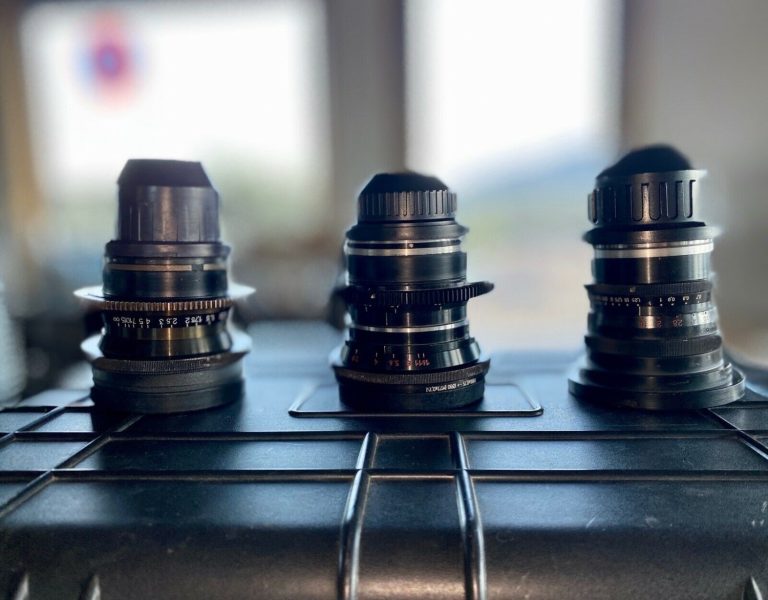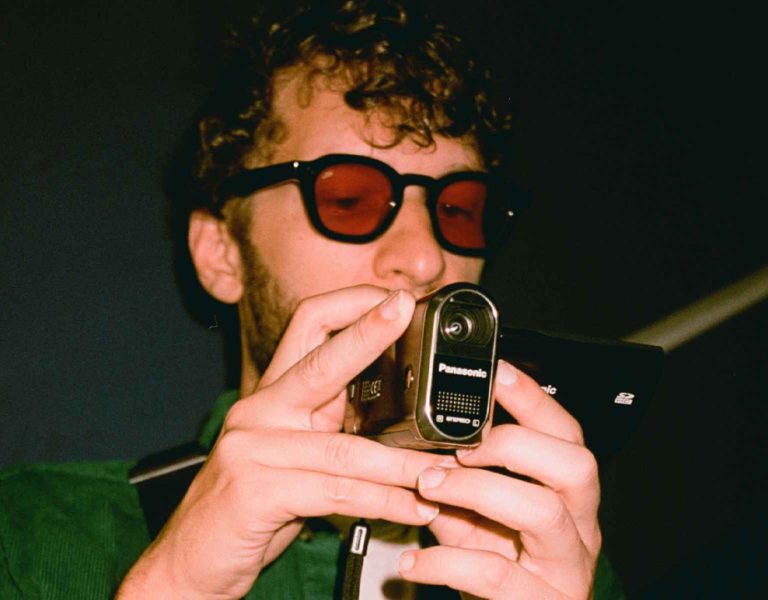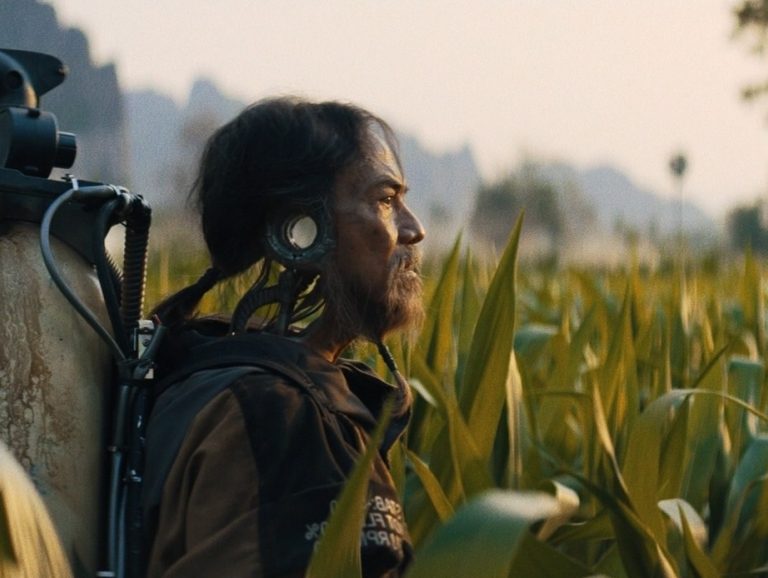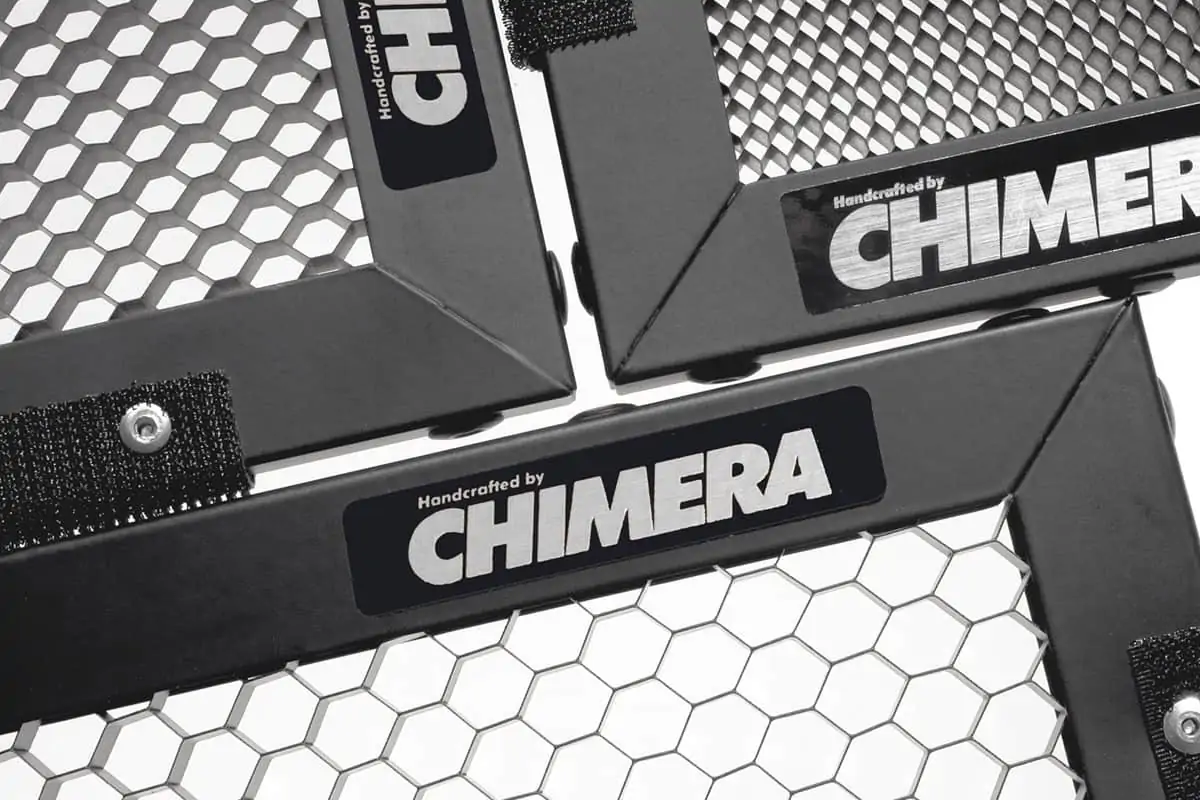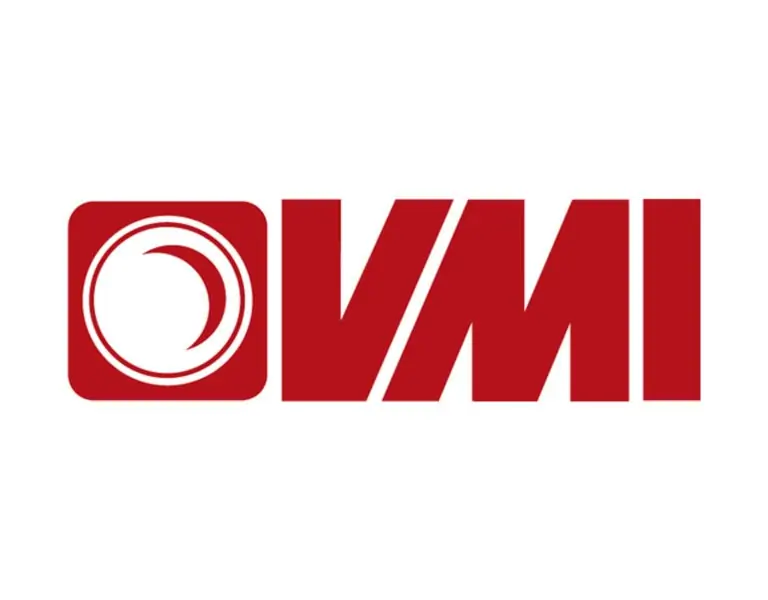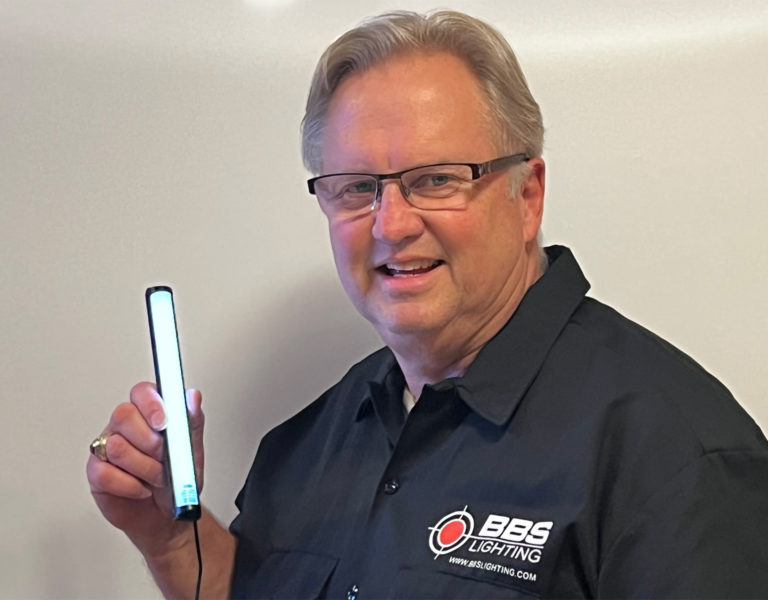Shining a light on...
Gaffers 'R' Us / Harry Wiggins
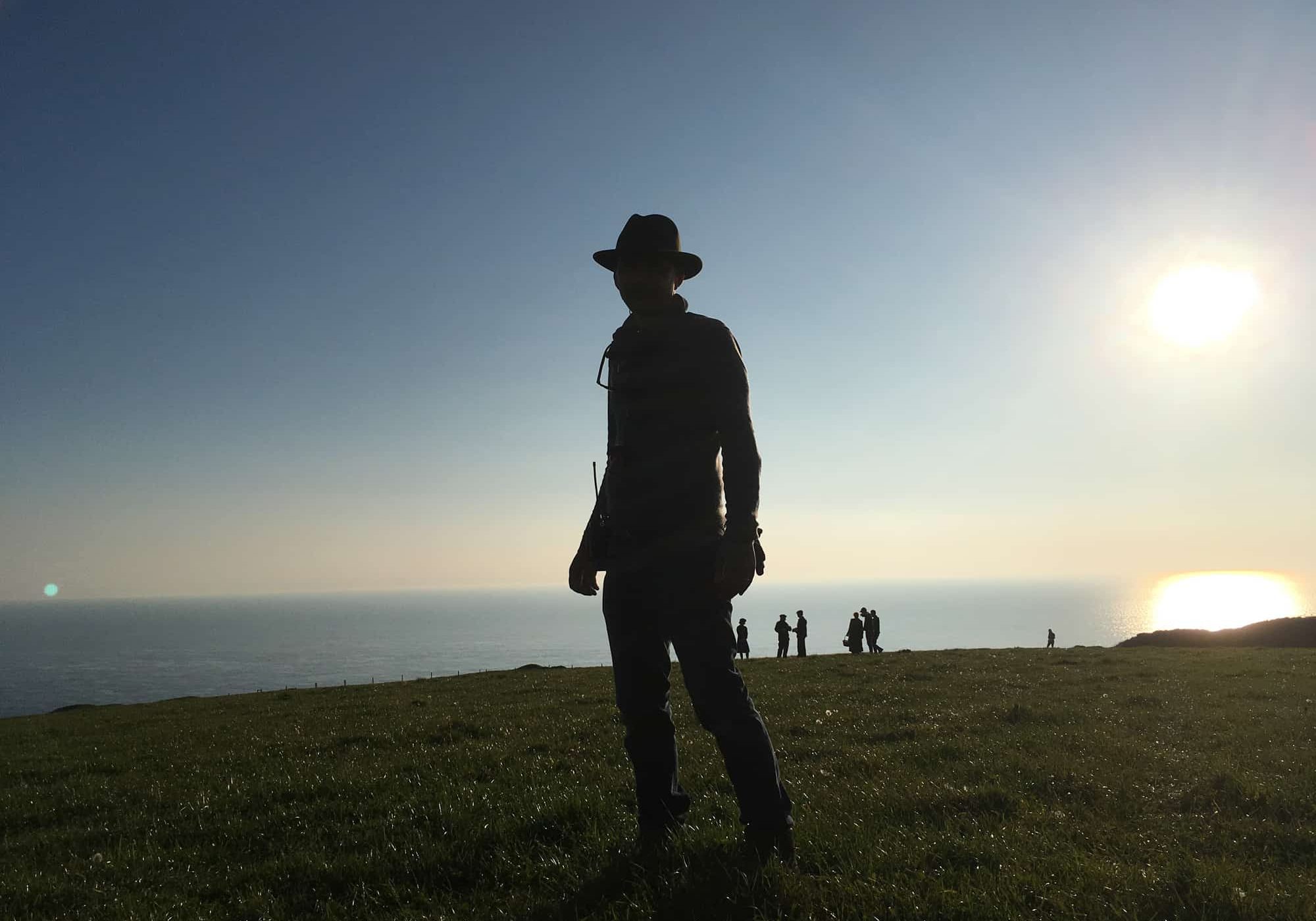
Shining a light on...
Gaffers 'R' Us / Harry Wiggins
BY: David Wood
Fact file
Age: 51
Born: London
Family: 2.5 kids (if you include the cat!)
Education: French & Latin at Oxford University, then City & Guilds 236 at Hackney College
Lives: Shepherds Bush
Hobbies/Passions: Taking my kids to the theatre
Selected filmography (as gaffer, unless otherwise stated):
Last Christmas (lighting gaffer) (2019)
The Personal History Of David Copperfield (lighting gaffer) (2019)
Outlaw King (chief lighting gaffer) (2018)
The Guernsey Literary And Potato Peel Pie Society (lighting gaffer) (2018)
Jason Bourne (chief lighting gaffer) (2016)
Alice Through The Looking Glass (chief lighting gaffer) (2016)
Dracula Untold (chief lighting gaffer) (2014)
The Missionary (TV Movie) (2013)
Captain Phillips (chief lighting technician) (2013)
How I Live Now (gaffer: additional unit) (2013)
Rush (gaffer: pick up shoot) (2013)
Trance (lighting gaffer: additional photography - uncredited) (2013)
Method Actor (Short) (2011)
The Iron Lady (gaffer: second unit) (2011)
Salmon Fishing In The Yemen (2011)
Coriolanus (2011)
The Special Relationship (TV movie) (2010)
Green Zone (chief lighting gaffer) (2010)
The Oxford Murders (lighting gaffer - uncredited) (2008)
Sunshine (gaffer: second unit) (2007)
Recovery (TV movie) (lighting gaffer) (2007)
A Good Year (gaffer: UK) (2006)
Proof (location rigging gaffer) (2005)
All The Invisible Children (lighting gaffer - segment "Jonathan") (2005)
The Call (Short) (2005)
Eroica (TV Movie) (2003)
The Mother (gaffer - uncredited) (2003)
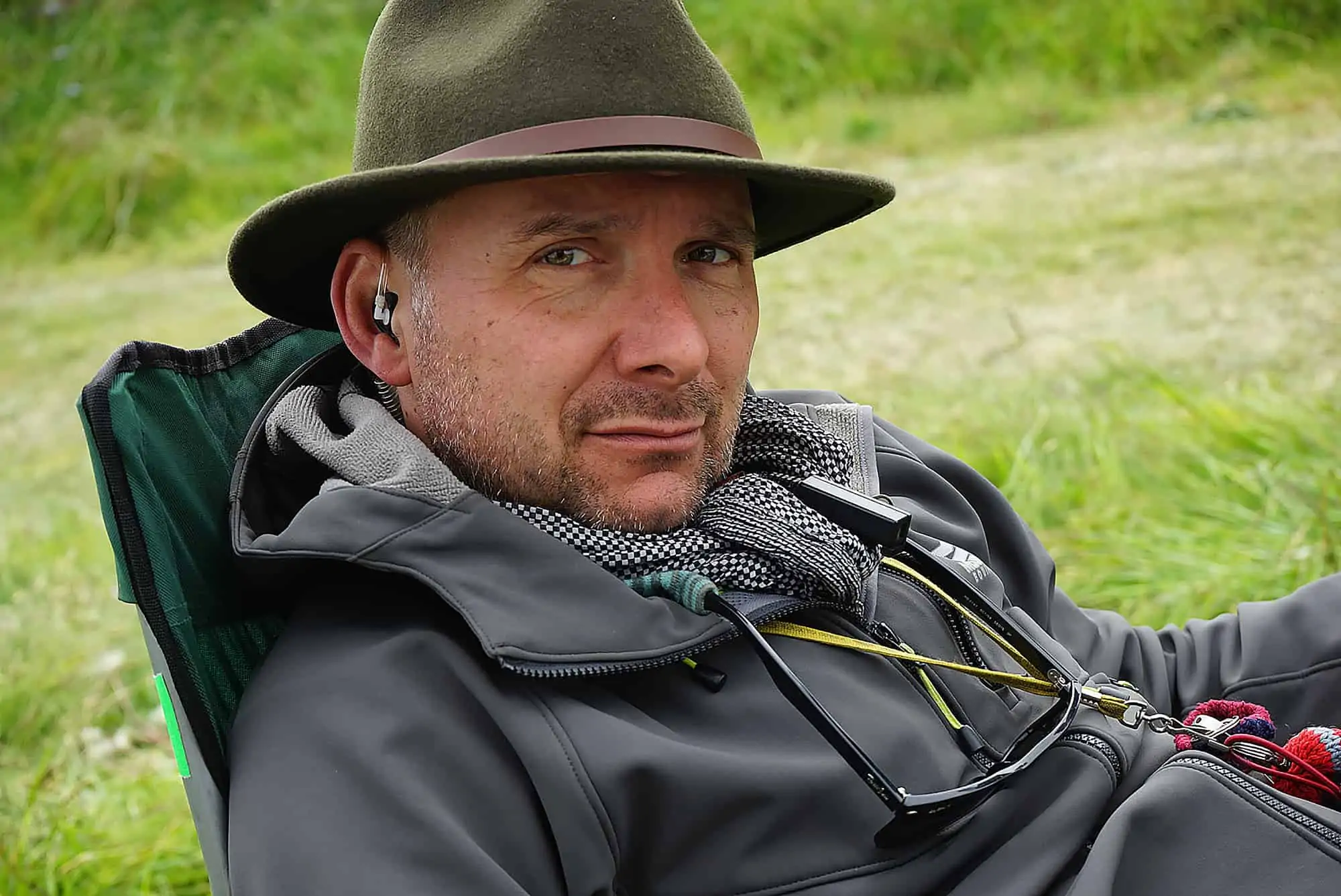
Choosing projects carefully:
Having started in TV commercials, I've always been used to the unpredictability of the freelance life. When film projects started to get bigger and started taking me away for long periods, I made a deal with my family that I'd only do one show per year - and then those shows started taking almost a year. If you ever think about how many films you might work on before you keel over, you realise it's important to pick projects for a good reason. Choosing a project is about who's the director? Who's the DP? Is it a film worth making? Is it a genre we haven't done before?
The DP/gaffer relationship:
I like projects where the DP has a lot on their plate and needs a gaffer they can trust. One of the best bits of the job is discussing with the DP how lighting works within their vision of the project. From that, we do our best to make it happen. A DP should be able to come on-set, see what they had envisioned and start shooting almost straightaway. That doesn't mean you take a DP's options away. It means you design a lighting set-up that buys them time and still offers ways to change things on the day to match other creative decisions. It's only me that needs to be a micro manager - leaving the DP free to work with the director and the actors.
Working with Barry Ackroyd BSC:
I think Barry and I have an instinctive relationship - we talk about light, but not much about technical details. He operates any camera and a zoom lens like a virtuoso jazz trumpeter. It's incredible to watch. There's such amazing movement and awareness in his camerawork that we aim to build a space where the actors can work and he can go and find the essence of their story. He's taught me that if you light the space in a dramatic way, the best actors make it part of the story.
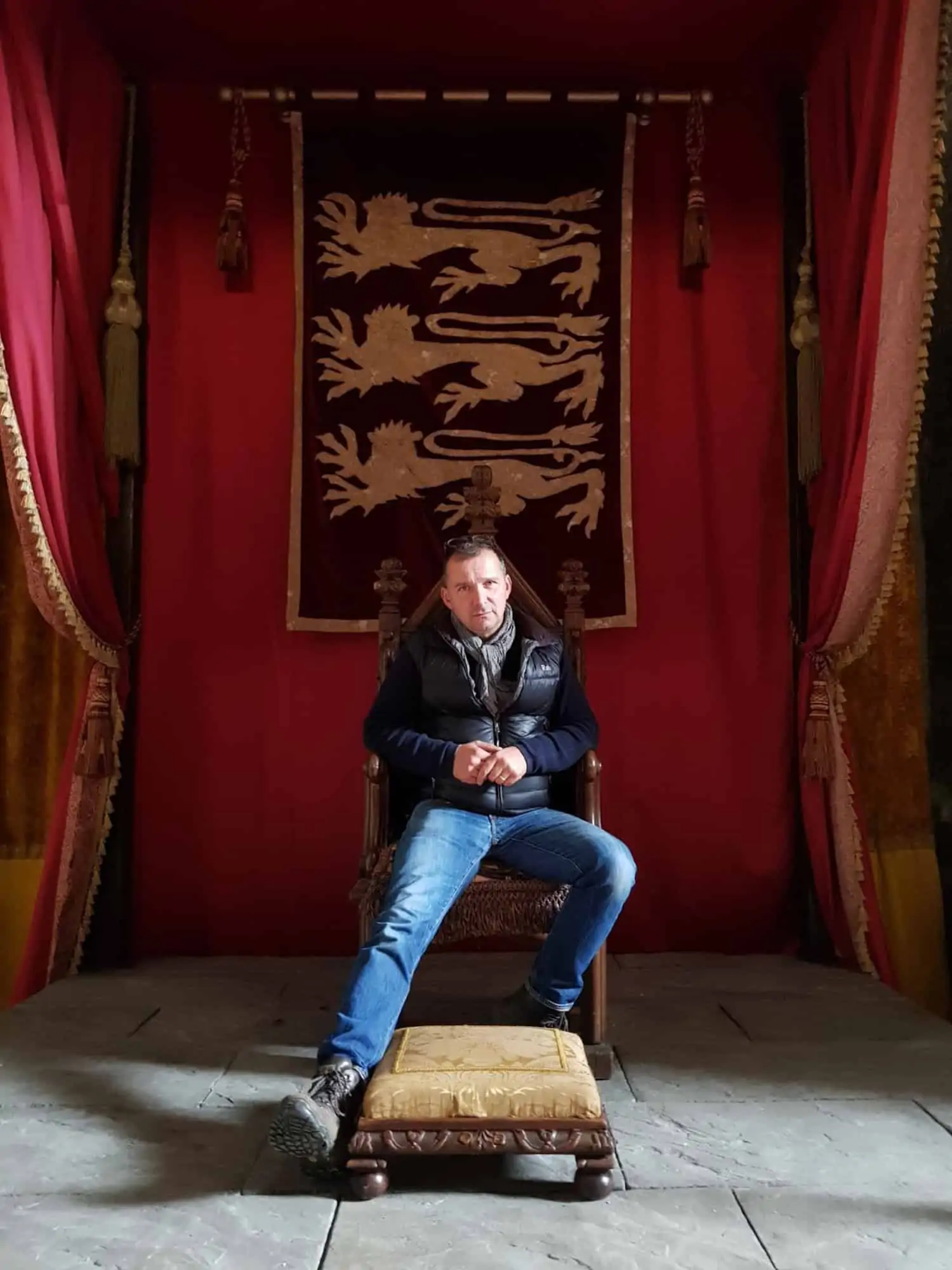
On Green Zone (2010):
The Paul Greengrass action thriller was one of my first big movies and I learned a lot very quickly. It was all about characters moving fast through all sorts of different spaces. Our night work was set in a city with no electricity, so that was a big challenge to light believably. The chase scenes ran through dozens of buildings and narrow streets in Sale, Morocco, and we wouldn't always know exactly where we were going to be filming until a couple of hours beforehand. We had lamps on every building we could get access to. The location department and the rigging crew did an amazing job, working around livestock on roofs and dark, dangerous staircases, we would find out the route for the shot and quickly adjust our lighting to it as night fell.
Undervalued electricians:
The depth of skills in the electrical department are underestimated in my opinion. In Britain, the electrical team's work sometimes gets looked on as something quite agricultural, maybe because there's a fair amount of heavy lifting going on. Their reputation as the gruff guys who just put up the lights and point them is a bit unfair. Putting a lighting team together is like a jigsaw - you need so many different skillsets in your department that electricians aren't just interchangeable numbers. Most electricians with any experience know a lot more about lighting than they care to let on, but I've seen a kind of disconnect where their experience and knowledge goes unheard.
It can be tough up at the sharp end on-set and everyone by the camera feels a bit exposed. Sometimes people around camera forget how much time and money can be saved by a small practical decision, or suggesting a little shift of the angle of view rather than moving that machine, that lamp, that cable run that's 'suddenly' in shot.
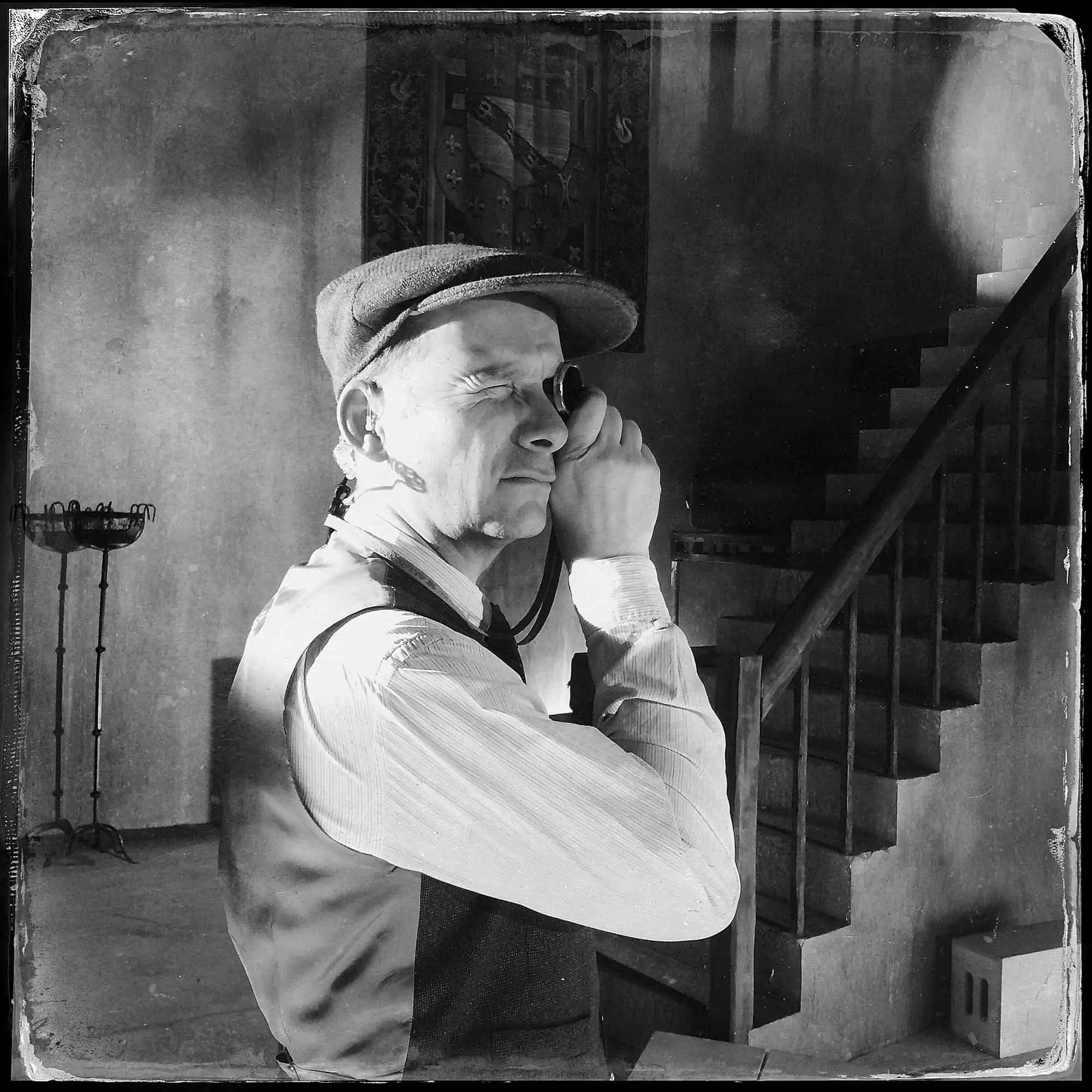
"As gaffers, we should realise that it's our job to do whatever we can to reduce our carbon footprint - like the use of the big diesel generators that pump out tonnes of carbon dioxide every day when we're only feeding the video village as a favour - we owe it to our kids."
- Harry Wiggins
My team:
I'm very lucky to have Sam Kite as a gigging gaffer. We work with 2D and 3D computer modelling now, but he's still very good at turning a drawing on a call sheet, or a middle-of-the-night-shoot text, into exactly what we need to have done by the time we get back on-set. He has a great understanding of what we are trying to achieve, gives me instant feedback, spots problems straight away and offers other solutions if my first thoughts aren't as feasible as I'd thought.
I also work a lot with best boy Adrian Mckay - he's been doing it for years and he brings an enormous amount of energy to the job every day. If you want something done, whether it's in the office or even on the floor, Adrian will probably have done it by the time you've finished your sentence. On the floor there's key electrician Stephen O'Donoghue who runs a tight ship with a dry wit and will get on with the scene in hand if I need to go off and light the next set. I am really, really lucky to have a team that has been working together for nearly ten years - we have a lot of fun.
Creativity:
I try and cram in as much creativity as a project allows. We always try to do at least one experimental thing per film - it's one of the joys of the job. Sometimes it's the constraints of smaller films that make you find unusual ways to solve lighting problems without spending a lot of money. On The Personal History Of David Copperfield our builder-in-chief Jason Wells put together an 1100W LED lightning flash that we could attach to a drone and fly out to sea for the storm sequence.
There's still space for crazy ideas on the bigger pictures. On Green Zone we needed the effect of rockets and missiles being shot overhead at night on the streets of Baghdad. The rigging team put half a dozen 6K pars on three different roofs around the marketplace we were shooting in, and the shooting crew panned half of them across 25' strips of silver Mylar reflector hanging on the walls opposite to throw rocket streaks down into the square. We made explosions with the other three Pars by inserting a spot lens, pointing each into the night sky and yanking a bunch of 20-30 star- and heart-shaped foil helium balloons into their beam. The effect was organic and controllable - myriad shapes of light appearing swiftly like shells exploding overhead.
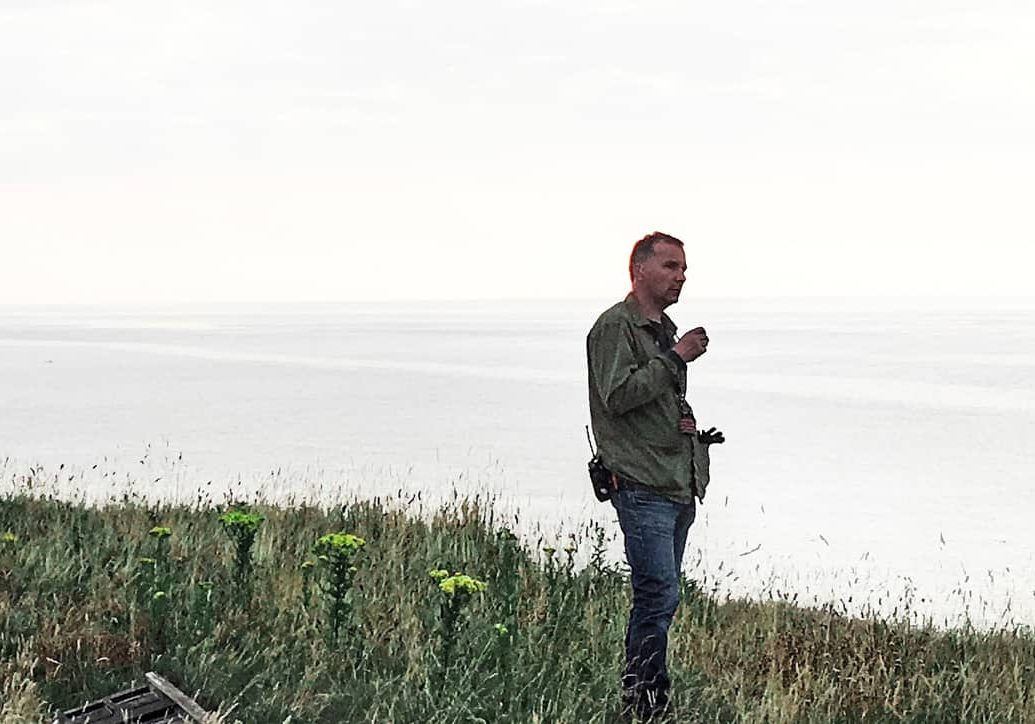
The new era of eco-lighting:
It's great to see so many new ideas for lighting kit, although I'm wary of using kit simply because it's new rather than better. Seeing higher efficiency, more lumens per watt is always good. As gaffers, we should realise that it's our job to do whatever we can to reduce our carbon footprint - like the use of the big diesel generators that pump out tonnes of carbon dioxide every day when we're only feeding the video village as a favour - we owe it to our kids.
It isn't always possible and it's not always easy, but we should do what we can. We will have to change our mindset. Let's start asking location departments about local tie-ins for power - they'd love us not to bring generators into urban areas. We should be preparing our working practices for the likelihood of laws coming in that will force us to produce more lumens per watt and force us to avoid bulky waste products like polystyrene. Sure sometimes a sheet of poly is just what you need but do you need a new one every day? Make more use of fabrics on 4'x4' frames that we can use again and again rather than gels which are routinely thrown away.
Best advice:
Pay attention to the conversations around you. Always be thinking. Listen to how the shot is being built by the director, the 1st AD and the DP. Spot the lighting issues before they 'come over the hill'. Know your floor. It buys you time to solve a problem in the quickest and quietest way. Pick up the rhythm of the whole crew and anticipate when a window for lighting will happen. Be stealthy. Lighting can be quite big, noisy and disruptive, but what everyone wants on set is quiet so the actors can concentrate. You don't need people to know what you're doing but you want them to like what you've done.
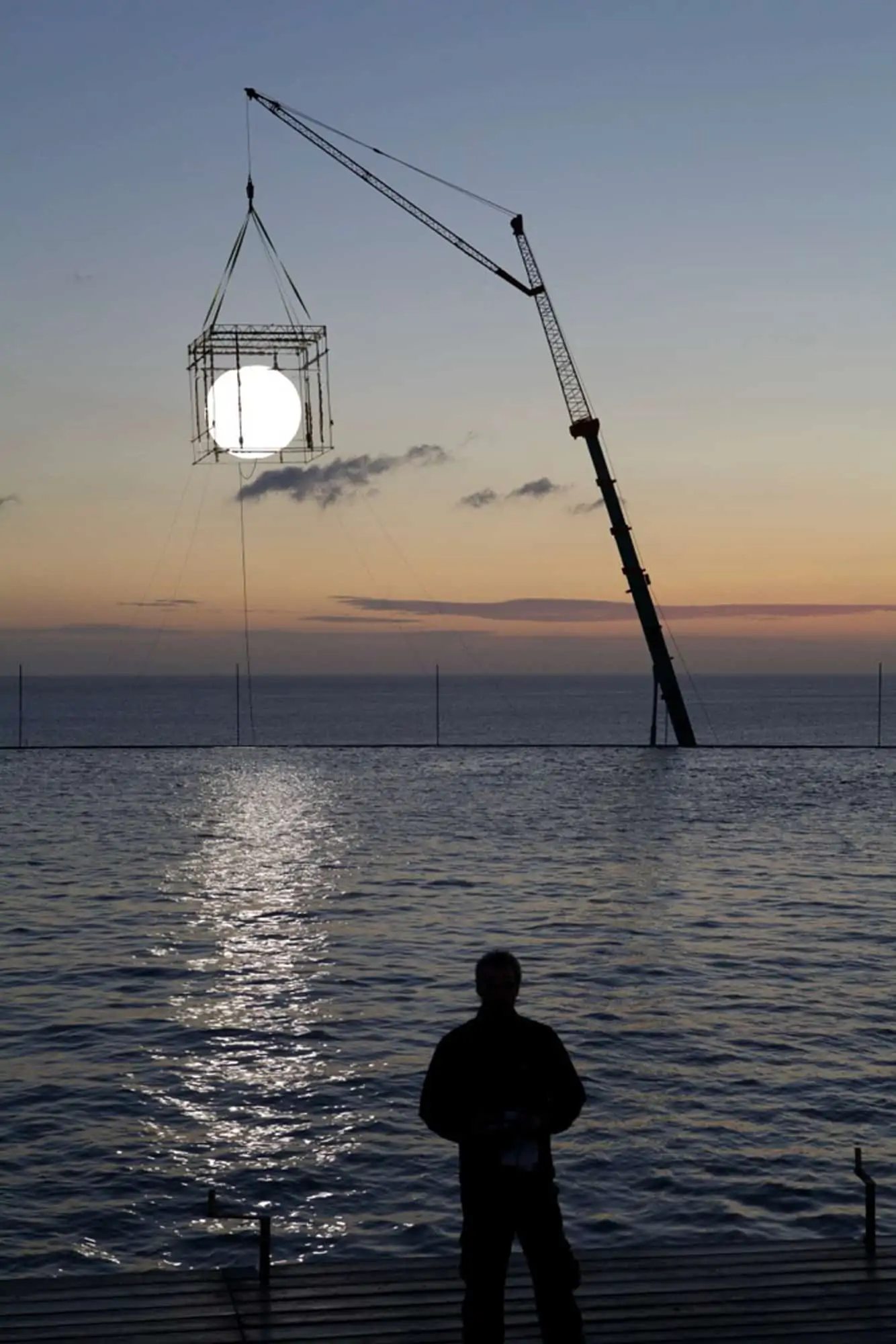
Cinematographer Barry Ackroyd BSC says:
Cinematography is all about collaboration. It's the cinematographer who might get the credit, but we all know it's the work done by the gaffer and their team that makes ideas come to reality. British cinematographers are blessed to have such great gaffers as Harry Wiggins. He not only creates light, he and his team light up the film. Every frame is magic made by light.
Cinematographer John Schwartzman ASC says:
The relationship between a DP and their gaffer is much like a marriage. No matter how many credits or how much talent a gaffer may have, it still comes down to one's ability to develop a relationship and a language that transcend the actual project. You need to feel comfortable standing next to this person for ten continuous hours a day.
Harry is both an incredibly experienced gaffer and a very bright and humorous gentleman. As an American cinematographer used to the American system, he makes the transition to working the English system painless and transparent. We have collaborated on projects that were heavily stylized, and others that are almost documentary in style. His ability to grasp the artistic qualities of what the project needs are quite stunning. It may be that with two degrees from Oxford that he really is the smartest bloke in the room.
Having a good eye and playing well with others is the key to being a great gaffer. Harry has that in spades, whether he's putting up a 100X100' solid in the winds of Northern Ireland or hiding battery operated LEDs in kebab shops on Brick Lane. He approaches every day with the eye of the DP in mind. Plus his knowledge of local London eateries is unsurpassed.

